
In the past decade, Unmanned Aerial Vehicles (UAVs) have progressed from being minor players in the Intelligence and Situational Awareness (ISA) role to being a key part of combat operations as seen in Iraq and Afghanistan, with single platforms now capable of achieving the entire Find, Fix Track, Engage and Assess kill chain.
Today, UAVs are also providing exclusive capability to forces engaged in sub-conventional operations, especially in the global war on terrorism. Current technologies make UAVs more sophisticated than ever, and are expanding their role in combat operations. As range, altitude and loiter time increase, the UAVs provide beyond line of sight reconnaissance, fires and over watch. This has been amply demonstrated by the extensive and successful employment of the US Global Hawk and Predator UAVs for all types of missions both ISR and combat during Operations Desert Storm and Enduring Freedom.
However, vast majority of roughly 1500 UAVs flying in Iraq and Afghanistan were much smaller, controlled by soldiers and marines on the ground like the ‘Raven’ – an essential component of ISR. Today, technologically-advanced militaries across the world have incorporated UAVs as a new critical and combat-enhancing component of their inventory. While Israel and the USA have been the pioneers in UAV development and employment, at least 14 other countries are now using/developing over 76 different types of UAVs for all types of ISR missions including combat.
EMPLOYMENT PHILOSOPHY
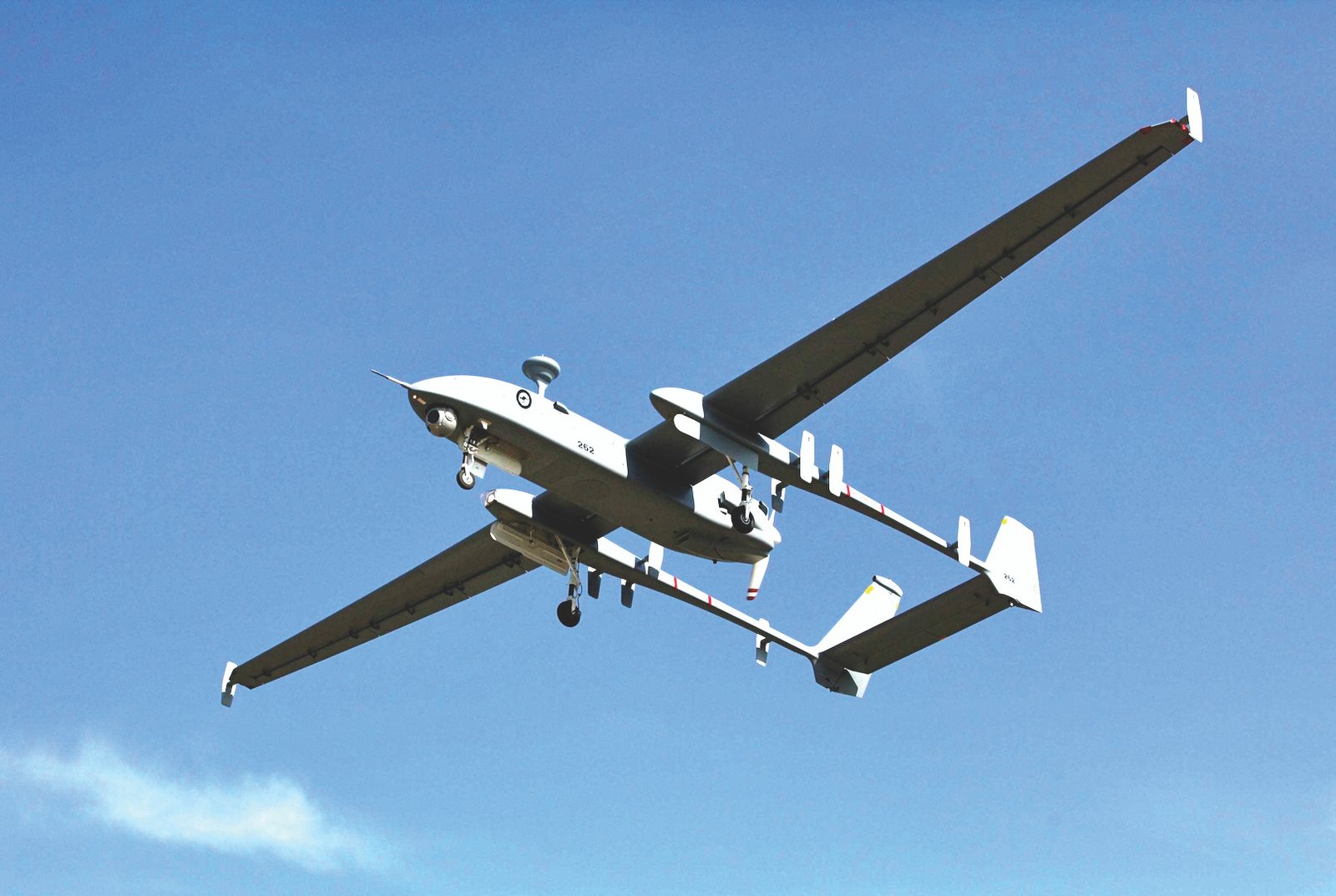
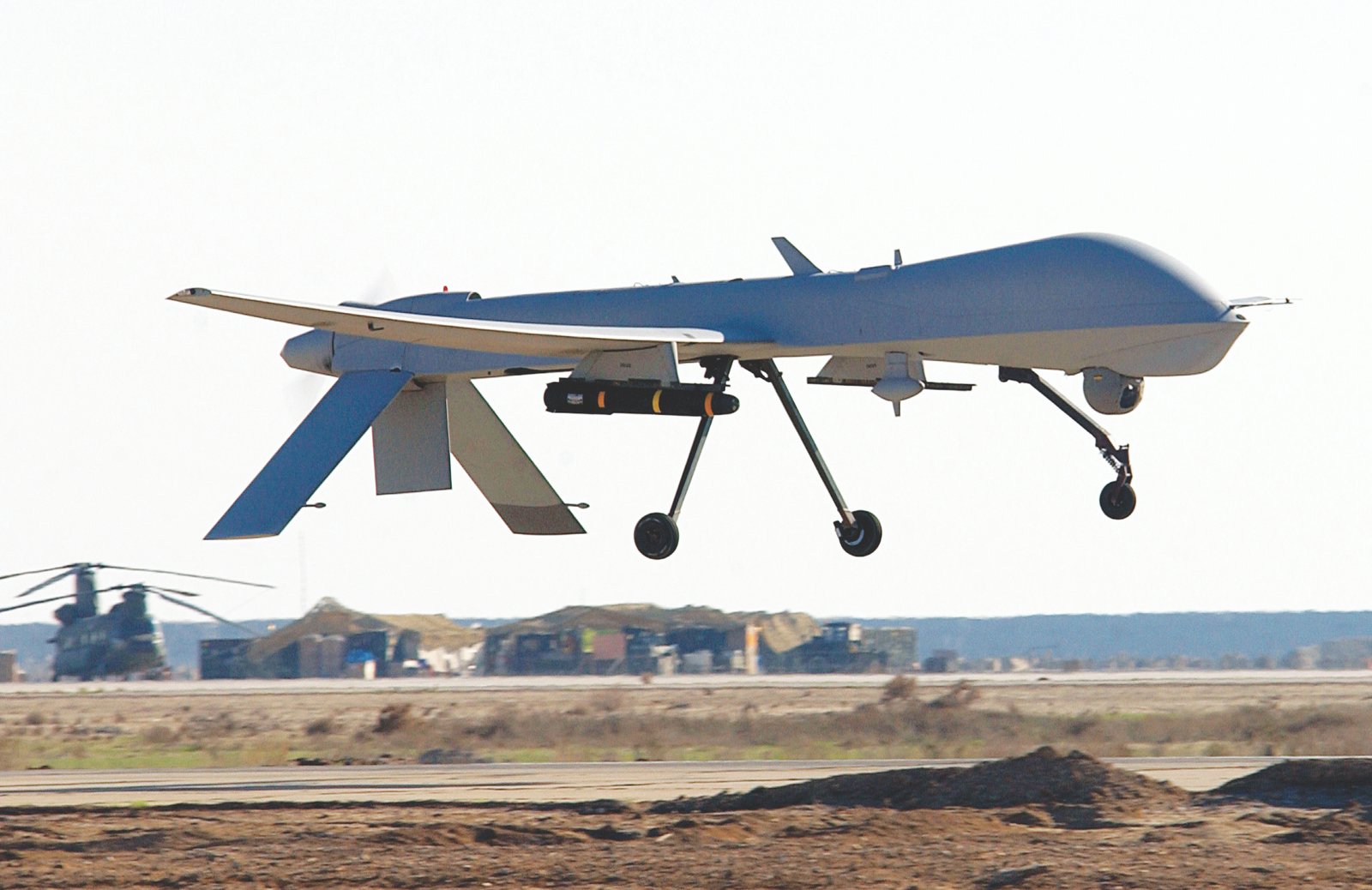 Information is an element of combat power and a combat multiplier in the hands of a commander. Field commanders require an organic, responsive, economically-viable, multi-source, long endurance, near real time reconnaissance capability to collect, process and report intelligence throughout the level of conflict – 24/7. The answer lies in the use of UAVs, with their inherent characteristics to provide flexibility to operate in the extended battle space, thereby enabling the ground forces to see first, understand first, act first and finish decisively. Most importantly, UAVs are not impeded by restraints imposed on manned systems where both the aircraft and crew could be lost – they are increasingly being employed for missions that were hitherto the domain of manned aircraft. The concept of killer/hunter UAVs for strike missions is a reality in Afghanistan.
Information is an element of combat power and a combat multiplier in the hands of a commander. Field commanders require an organic, responsive, economically-viable, multi-source, long endurance, near real time reconnaissance capability to collect, process and report intelligence throughout the level of conflict – 24/7. The answer lies in the use of UAVs, with their inherent characteristics to provide flexibility to operate in the extended battle space, thereby enabling the ground forces to see first, understand first, act first and finish decisively. Most importantly, UAVs are not impeded by restraints imposed on manned systems where both the aircraft and crew could be lost – they are increasingly being employed for missions that were hitherto the domain of manned aircraft. The concept of killer/hunter UAVs for strike missions is a reality in Afghanistan.
Current military UAVs perform reconnaissance as well as attack missions. Though intelligence, reconnaissance and surveillance missions still remain the predominant roles, other areas of employment include electronic attack, strike missions, suppression and/or destruction of enemy air defence, network node or communications relay and combat search and rescue. The combination of loiter time and layered employment of UAVs provides the critical capability needed to support network-centric operations. It is difficult to imagine how any future operation would be conducted without commanders both in the frontline and rear having their situational awareness enhanced 24/7 by near real time video feeds.
DEVELOPMENTS IN INDIA
Successful use of UAVs and their combat-enhancing potential have generated interest of militaries across the world. China and Pakistan are adding UAVs of various capabilities to their inventory and have expressed interest in developing and procuring UAVs with enhanced capabilities, including armed versions. During the last decade, China unveiled more than 25 different models of UAVs, prominent among them being the WJ600 combat UAV capable of carrying missiles.
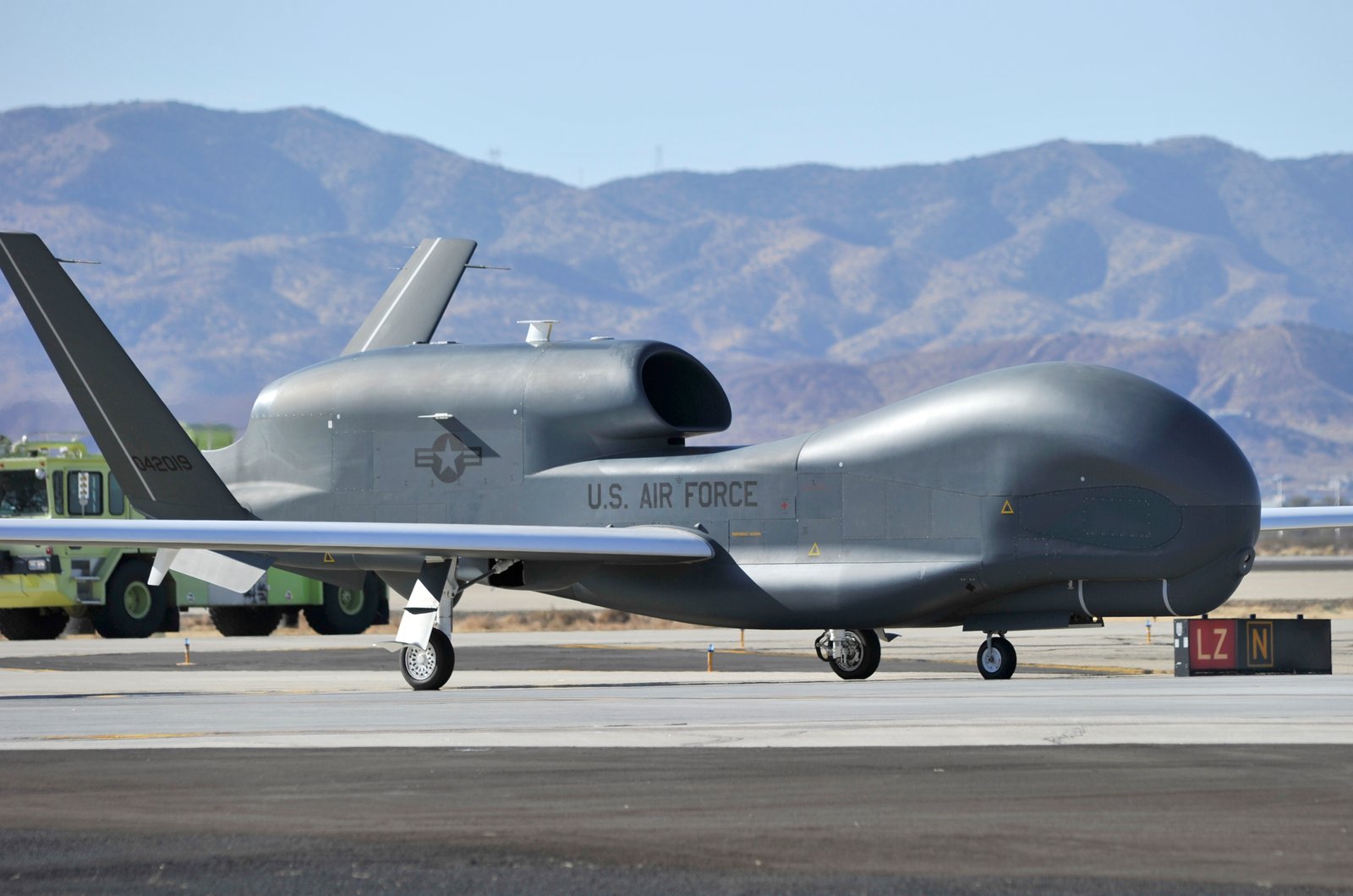
Another significant development has been the armed rotary drone called the Sky Saker H-300 capable of operating from ships. Pakistan too has conducted operations in its Federally Administered Tribal Areas (FATA) using the Burraq UCAV. This is most likely the Chinese Caihong (CH3/CH4) UCAV assembled in Pakistan – these are also being used by Iraq in the Middle East.
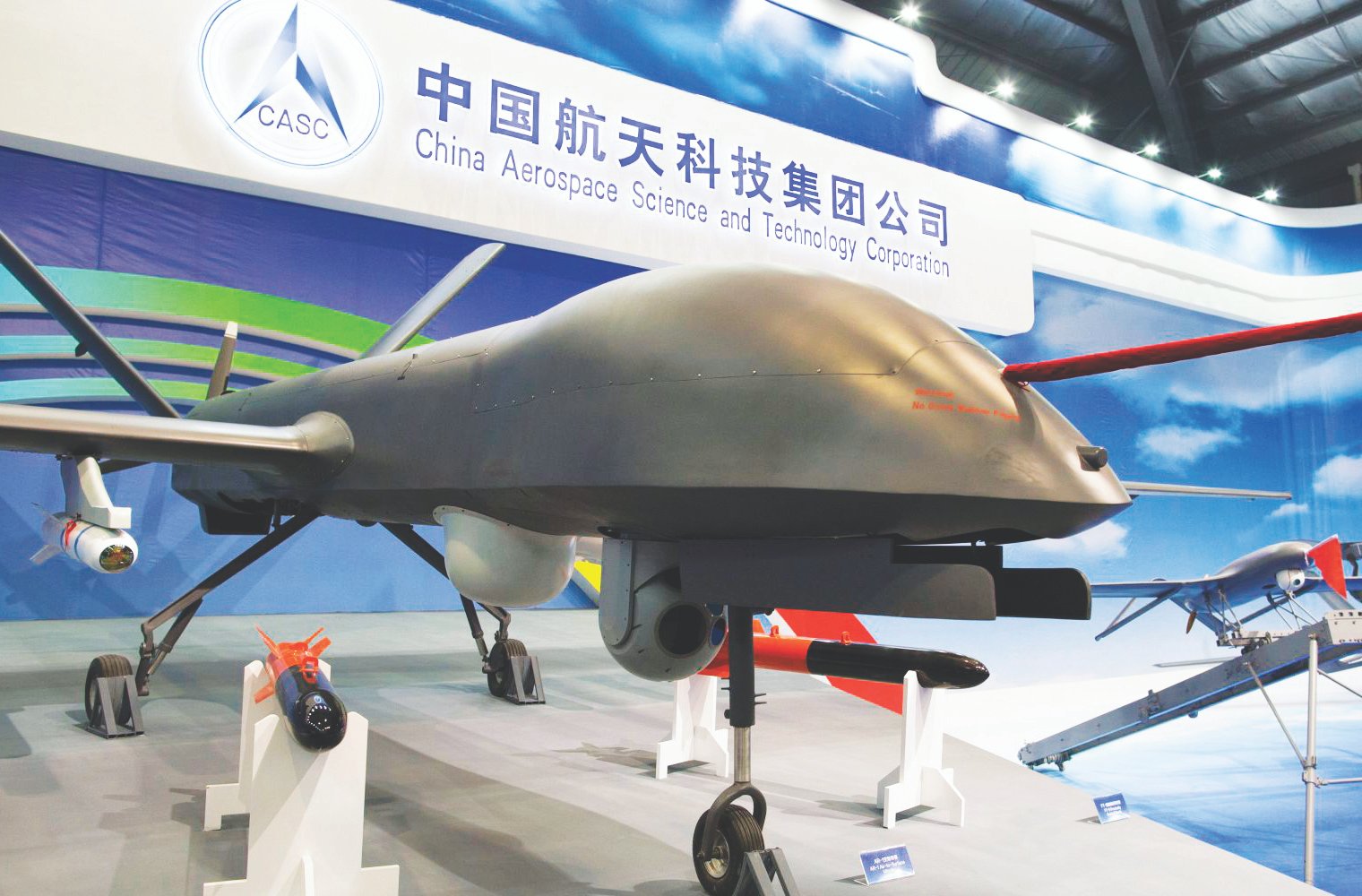 India has not been left out of the global UAV push, with a major thrust of its armed forces’ modernisation plans focusing on augmenting their current meagre resources – the Israeli Searcher II, Heron (MALE) and the Israeli Harop armed, self-destruct UAVs. While India’s Nishant tactical UAV project (catapult launch and parachute recovery) for the army has been a failure, due to a faulty design in the recovery phase, India is in the process of developing a UAV in the Heron/Predator class of MALE UAVs called ‘Rustom’, a 1100-1300 kg UAV, with a maximum altitude of 35000 feet and 300 km range. It has three versions, Rustom1 being the tactical UAV, Rustom H to replace Heron in the long run and Rustom-2 the combat version.
India has not been left out of the global UAV push, with a major thrust of its armed forces’ modernisation plans focusing on augmenting their current meagre resources – the Israeli Searcher II, Heron (MALE) and the Israeli Harop armed, self-destruct UAVs. While India’s Nishant tactical UAV project (catapult launch and parachute recovery) for the army has been a failure, due to a faulty design in the recovery phase, India is in the process of developing a UAV in the Heron/Predator class of MALE UAVs called ‘Rustom’, a 1100-1300 kg UAV, with a maximum altitude of 35000 feet and 300 km range. It has three versions, Rustom1 being the tactical UAV, Rustom H to replace Heron in the long run and Rustom-2 the combat version.
With Make in India thrust, the Rustom development will be done by an outside agency including the private sector – L&T, Tata’s and HAL – Bharat Electronics combine are contenders for this project. However, India’s most prized indigenous drone programme is the development of the Autonomous Unmanned Research Aircraft (AURA). With the AURA having accomplished its stated mission of research into future Indian UCAVs, the DRDO has embarked on the development of Ghatak, which will be high speed stealth UCAV, capable of autonomously seeking, identifying and destroying targets, with missiles, bombs and precision-guided munitions.
Reports reveal that this new combat drone will be powered by the indigenous Kaveri derivative engine (dry variant) without the after burner and will feature flying wing design similar to the US ‘B-2 Spirit’ a stealth bomber. As per DRDO, the project is currently awaiting Government approval and this futuristic project is likely to take a decade to fructify.
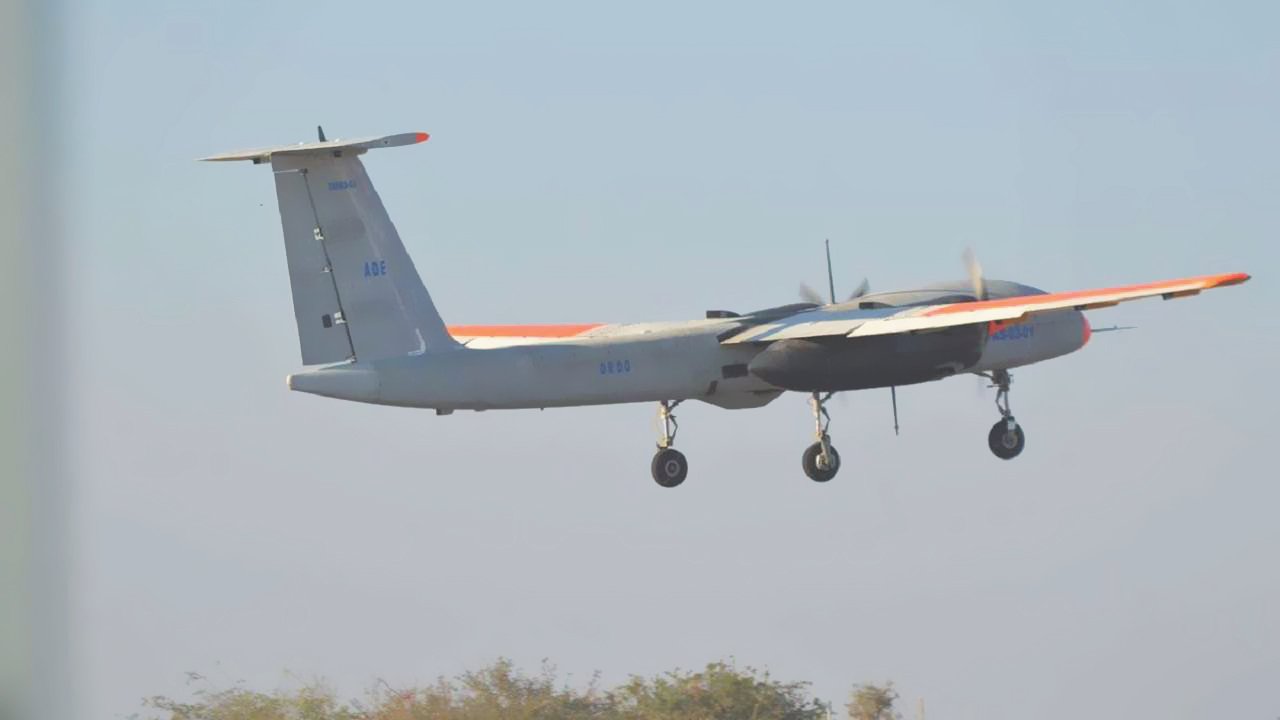
Although large size UAVs have been procured by the armed forces there has been no movement on the Micro and Mini UAVs including man pack, which are essential for the tactical battle area and CI/CT operation. There is a large projected requirement of this class of UAVs by the Indian military in the coming decade – In fact the Army is looking to equip its infantry battalions with these UAVs.
Presently, a limited number of Mini/Micro UAVs have been procured by the Army’s Operational Commands to meet the inescapable operational requirements, under the special powers provision of the respective Army Commanders – Tata Advanced Systems and Taneja Aerospace are said to be involved in these projects.
Reports indicate that the Indian Army is also on the lookout for Miniature UAVs (MAVs), which can evade enemy radar, are easy to handle and are also capable of carrying explosives to act as killer drones for small but high value targets. The main aim is to use them for monitoring mountainous terrain, conflict zones and congested urban areas. The MAVs would be very useful in CI/CT operations in J&K and the North East – these could weigh as less as 2 kg and have an endurance of 30 minutes at a stretch.
With the entry of the private sector into defence manufacturing, this segment is likely to get a boost, especially with their dual usage in civil and military roles. It is heartening to learn that a number of Start Ups like Axiom Research Labs based in Bangalore, RAN India located in Delhi/NCR, Throttle Aerospace Systems in Bangalore and many others have entered the market for participating in this segment of UAV development under the Make in India Programme.
FUTURE TRENDS
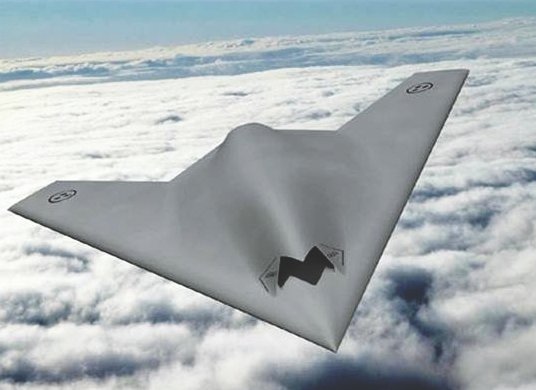 The increasing demand and reliance on UAVs in war and peace-keeping operations have doubled the pace of UAV related research and development in recent years. Achieving information superiority, minimizing collateral damage, fighting effectively in urban areas against widely dispersed forces, striking autonomously and precisely are areas where UAVs will be increasingly indispensable.
The increasing demand and reliance on UAVs in war and peace-keeping operations have doubled the pace of UAV related research and development in recent years. Achieving information superiority, minimizing collateral damage, fighting effectively in urban areas against widely dispersed forces, striking autonomously and precisely are areas where UAVs will be increasingly indispensable.
Three major thrusts in UAV development are growth in size of strategic UAVs for better endurance and payload (solar power), reduction in size of tactical UAVs, weaponisation of UAVs to offer lethal capability in combat missions and autonomy – commonly defined as ability of the machine to take decisions without human intervention. The promise of an autonomous, highly survivable and absolutely fearless UAV will usher in a new paradigm in which the ultimate consideration is no longer the value of pilots’ lives, but the mission and cost effectiveness of UAVs.
The continued development of strategic and tactical UAVs follows the line of employing UAVs as multi-role multi-mission platforms. UAVs will see progressive developments towards both extreme ends of size spectrum. Strategic UAVs will see growth in size for better endurance, reliability and payload capacity, while the mini and micro UAVs will grow smaller, lighter and more expendable. The tactical close range platforms will become more versatile with multi-role multi-mission capability. Passive and low signature sensors are essential to boost stealth and survivability of UAVs. Noteworthy advances include Hyper-Spectral imaging, Laser radar, synthetic aperture radar and moving target indicator.
The development of larger size UAVs (fixed wing and rotary) in the cargo carriage role is already underway, with the lead being taken by US companies such as Lockheed Martin and Boeing. Some of these systems like Lockheed Martin’s unmanned K-MAX helicopter have been successfully deployed in Afghanistan to augment Marine Corps ground and air logistics operations. Also, Sikorsky in cooperation with the US Army has successfully demonstrated optionally piloted flight of a ‘Black Hawk’ helicopter – this is a significant development towards not only providing autonomous cargo delivery capability but also gives the commander flexibility of launching crewed or un-crewed operations depending on the situation.
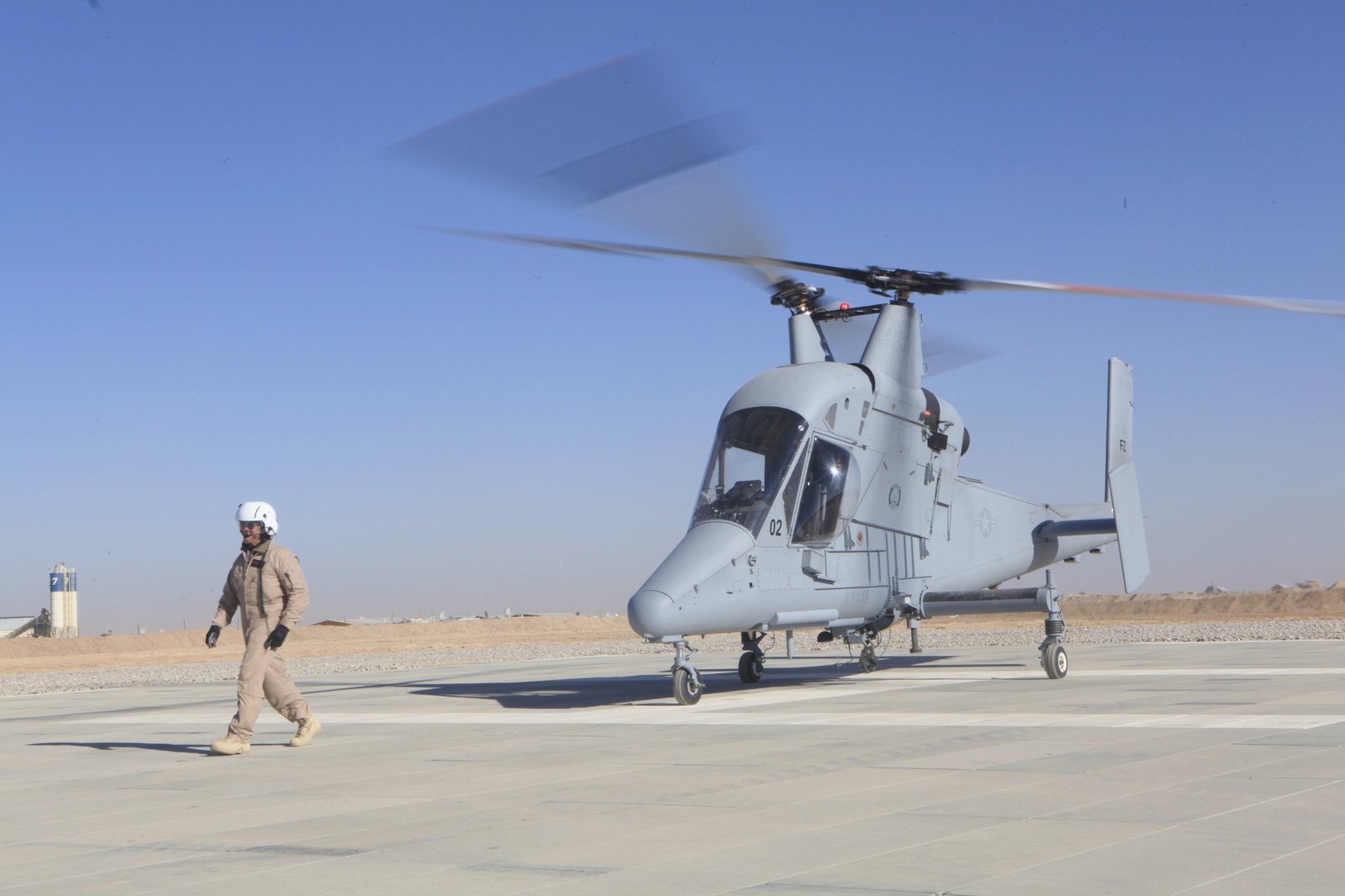 As per reports, the US is developing a Carrier based Drone to provide sea based support in the Pacific – Northrop Grummans prototype X-47B has already been tested for deck landings. World over militaries are looking at technologies to develop UAVs with endurance capabilities not in hours and months but in years – the American VULTURE (Very High Altitude Ultra Endurance Theatre Unmanned Recconaisance System) program of DARPA is one such project. The DRDO is also scouting for partners for developing a solar powered HALE-UAV.
As per reports, the US is developing a Carrier based Drone to provide sea based support in the Pacific – Northrop Grummans prototype X-47B has already been tested for deck landings. World over militaries are looking at technologies to develop UAVs with endurance capabilities not in hours and months but in years – the American VULTURE (Very High Altitude Ultra Endurance Theatre Unmanned Recconaisance System) program of DARPA is one such project. The DRDO is also scouting for partners for developing a solar powered HALE-UAV.
CONCLUSION
Technology is driving the military application of UAVs into remarkable areas, with the possibilities seemingly endless. A crucial piece of technology that is required to take UAVs to the next level is a robust ‘sense and avoid‘ system allowing unmanned planes to fly safely in a congested airspace. UAVs are a critical combat multiplier that is rapidly becoming an organic necessity for all modern armies.
Future UAVs may be able to perform a variety of tasks moving beyond their present roles in intelligence, surveillance, reconnaissance and strikes to re-supply, combat search and rescue, aerial refueling and air to air combat (currently a difficult proposition). The US Department of Defence’s ‘Unmanned Systems Integrated Roadmap 2013-2038’, foresees UAVs having a more important place in combat. The future combat arena may well see both the manned aircraft and the UAVs/UCAVs in complementary roles enhancing the overall combat potential of the force.









